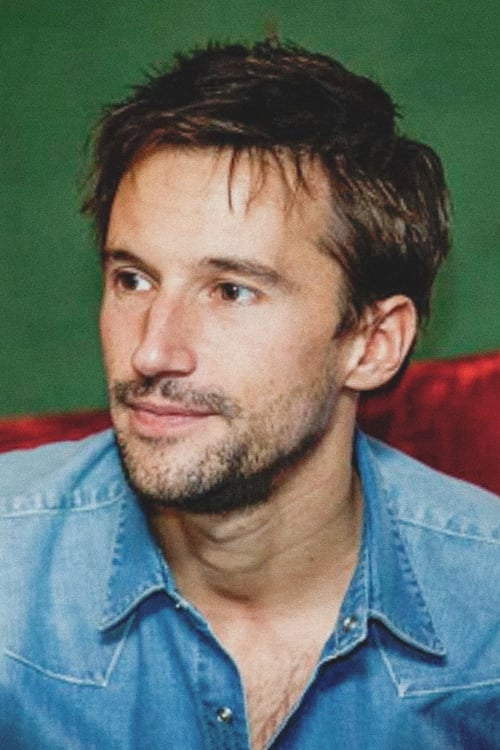Bauhaus 100 (2019)
Жанр : история, документальный
Время выполнения : 59М
Директор : Mat Whitecross
Краткое содержание
In 1919 an art school opened in Germany that would change the world forever. It was called the Bauhaus. A century later, its radical thinking still shapes our lives today. Bauhaus 100 is the story of Walter Gropius, architect and founder of the Bauhaus, and the teachers and students he gathered to form this influential school. Traumatised by his experiences during the Great War, and determined that technology should never again be used for destruction, Gropius decided to reinvent the way art and design were taught. At the Bauhaus, all the disciplines would come together to create the buildings of the future, and define a new way of living in the modern world.
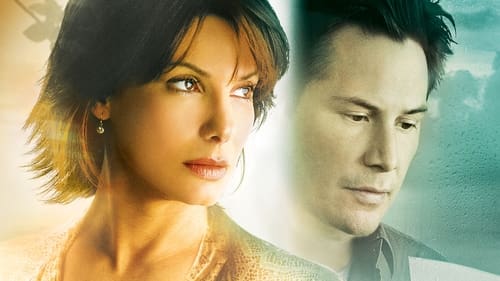
Зима 2006 года. Ощутив необходимость изменить свою жизнь, доктор Кейт Форестер покидает свой необычный дом у озера в пригороде Иллинойса и устраивается на работу в чикагскую больницу. По дороге в город Кейт оставляет в почтовом ящике письмо, которое должен получить новый обитатель дома. Когда же в него вселяется талантливый, но разочаровавшийся в жизни архитектор Алекс Уайлер, он видит этот дом совсем не таким, каким описала его в своём письме Кейт. Для Алекса это жилище имеет особое значение, поскольку оно было построено его отцом, знаменитым архитектором, который ради карьеры оставил свою семью. В итоге Алекс решает придать дому его первоначальный вид. Однажды странный случай заставляет Алекса написать ответное письмо Кейт; в процессе их переписки выясняется, что он живёт в 2004 году, а она — в 2006-м. И лишь загадочный почтовый ящик служит неким соединяющим их мостиком.
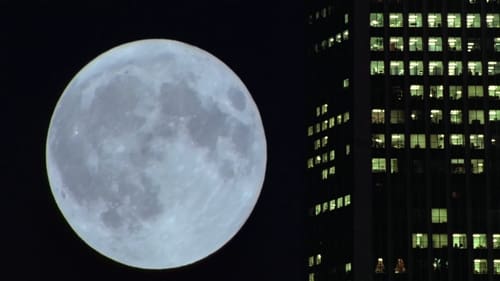
«Koyaanisqatsi» — с языка индейцев племени хопи — это безумная жизнь, беспорядочная жизнь, жизнь на грани распада, жизнь вне баланса, жизнь, требующая изменений во имя продолжения жизни…
"Коянискацци" (Koyaanisqatsi; Жизнь, выведенная из равновесия) - документальный фильм Годфри Реджио с музыкой композитора-минималиста Филипа Гласса и киносъёмками Рона Фрика. Лента содержит большое количество фрагментов, снятых по технологии замедленной киносъёмки. Фильм полностью лишён дикторского текста и актёрской речи, однако его музыкальное оформление, на которое опирается сюжет, занимает в повествовании такое же значение, как и видеоряд, и, фактически, создаёт атмосферу фильма. Это первый из трилогии фильмов "Кацци", показывающей с различных сторон взаимодействие человека и технологии. Более десятилетия из-за лицензионных ограничений фильм "Коянискацци" не издавался, так как Филип Гласс и его ансамбль гастролировали с ним, вживую исполняя музыку прямо перед киноэкраном во время показов.
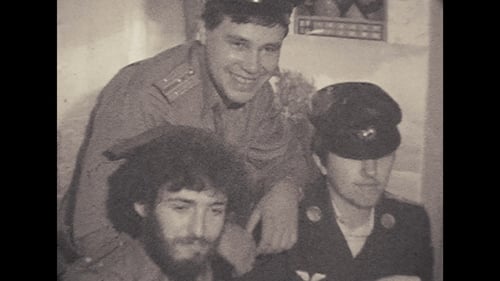
Псевдодокументальный (mockumentary) экспериментальный фильм, в котором показан один день из жизни молодого человека. Действие происходит в День Советской Космонавтики, 12 апреля одного из последних лет существования СССР. За окном постепенно теплеет, ощущается наступление весны, сулящей надежду на возможность перемен в стране. Герой фильма увлекается космосом. Юноша, боготворящий Гагарина, занимается реконструкцией, изготовлением униформы, в которой ходил космонавт в расцвете своей славы. Ещё наш герой – кинолюбитель. Он снимает фильмы с сюжетами космических полётов и демонстрирует их своим друзьям. Фильм стилизован под любительские кинофильмы 1980-х годов и снят на цветной 16-мм плёнке фирмы "Свема", изготовленной ещё в Советском Союзе. Качество этой киноплёнки позволяет зрителю наиболее полно погрузиться в атмосферу времени действия фильма, который посвящён советской космонавтике и Эдварду Вуду Младшему.

The Richardson Olmsted Campus, a former psychiatric center and National Historic Landmark, is seeing new life as it undergoes restoration and adaptation to a modern use.
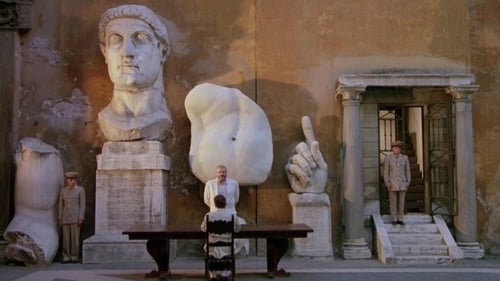
Американский архитектор приезжает вместе с женой Луизой в Рим, чтобы подготовить выставку, посвященную уже забытому французскому архитектору Булле. Этого события он ждал 10 лет. И вот, сверяя свою жизнь с биографией Булле, он задается вопросами: есть ли у его беременной жены роман с молодым ухажером? не хочет ли жена отравить его? и нет ли у него рака желудка?
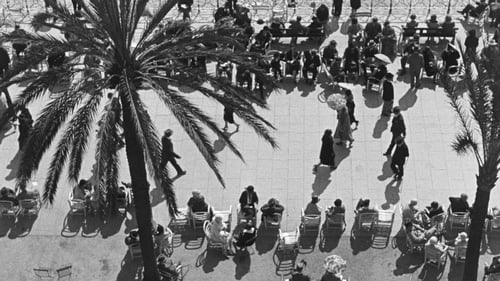
What starts off as a conventional travelogue turns into a satirical portrait of the town of Nice on the French Côte d'Azur, especially its wealthy inhabitants.
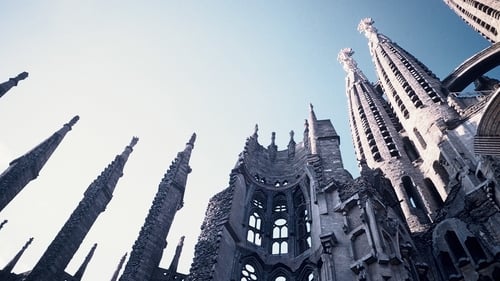
Catalan architect Antonio Gaudí (1852-1926) designed some of the world's most astonishing buildings, interiors, and parks; Japanese director Hiroshi Teshigahara constructed some of the most aesthetically audacious films ever made. With camera work as bold and sensual as the curves of his subject's organic structures, Teshigahara immortalizes Gaudí on film.
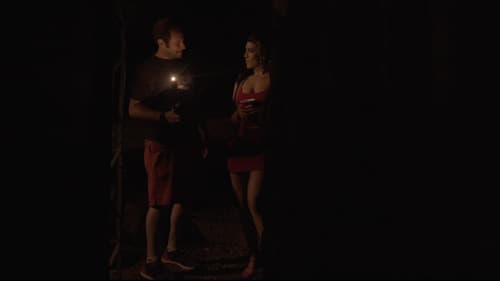
A costume designer is sent to the Catskills for an interactive theatre piece set in the 1920s. When she arrives things seem dark, strange and off. She soon realizes she is part of a student film.

Shot under extreme conditions and inspired by Mayan creation theory, the film contemplates the illusion of reality and the possibility of capturing for the camera something which is not there. It is about the mirages of nature—and the nature of mirage.
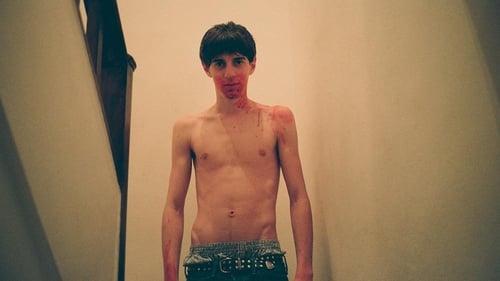
Each day after work, Carlos, a language school teacher, frequents the heady surroundings of his local cruising ground. One evening he encounters a teenage boy from his class named Toni, and the two engage in a brief sexual tryst. As the relationship between teacher and student begins to develop, some dark truths emerge about the young man and his mysterious group of friends.

In this short film Bert Haanstra gives his vision - from the water – of a tranquil Holland. During filming he held the camera upside down and afterwards put the images ‘up right’ again in the film. By doing this, we see the ‘usual’ waterfront, but transformed by the rippling of the water. In this way Mirror of Holland became a modern looking experimental film. However this did not devalue the Dutch sentiment regarding waterfronts that are so trusted to so many.

This short film made by László Moholy-Nagy is based on the shadow patterns created by his Light-Space Modulator, an early kinetic sculpture consisting of a variety of curved objects in a carefully choreographed cycle of movements. Created in 1930, the film was originally planned as the sixth and final part of a much longer work depicting the new space-time.

A visual representation, in four parts, of one man's internalization of "The Divine Comedy." Hell is a series of multicolored brush strokes against a white background; the speed of the changing images varies. "Hell Spit Flexion," or springing out of Hell, is on smaller film stock, taking the center of the frame. Montages of color move rapidly with a star and the edge of a lighted moon briefly visible. Purgation is back to full frame; blurs of color occasionally slow down then freeze. From time to time, an image, such as a window or a face, is distinguishable for a moment. In "existence is song," colors swirl then flash in and out of view. Behind the vivid colors are momentary glimpses of volcanic activity.
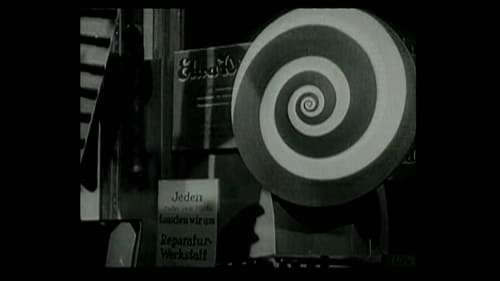
A train speeds through the country on its way to Berlin, then gradually slows down as it pulls into the station. It is very early in the morning, about 5:00 AM, and the great city is mostly quiet. But before long there are some signs of activity, and a few early risers are to be seen on the streets. Soon the new day is well underway. It's just a typical day in Berlin, but a day full of life and energy.

An experimental film comprised of Stanley Kubrick's THE SHINING played forwards and backwards at the same time on the same screen, creating bizarre juxtapositions and startling synchronicities

This hand-painted work is easily the most minutely detailed ever given to me to do, for it traces (as best I'm able) the hypnagogic after-effect of psychological cathexis as designed by Freud in his first (and unfinished) book on the subject - "Toward a Scientific Psychology." (SB)

A montage of the skyscrapers of Manhattan opens with a succession of stationary views of the upper portions of numerous buildings. This is followed by a wide variety of fluid shots, which also begin to show more and more of the surrounding city, in addition to the skyscrapers themselves.

A tilted figure, consisting largely of right angles at the beginning, grows by accretion, with the addition of short straight lines and curves which sprout from the existing design. The figure vanishes and the process begins again with a new pattern, each cycle lasting one or two seconds. The complete figures are drawn in a vaguely Art Deco style and could be said to resemble any number of things, an ear, a harp, panpipes, a grand piano with trombones, and so on, only highly stylized. The tone is playful and hypnotic.
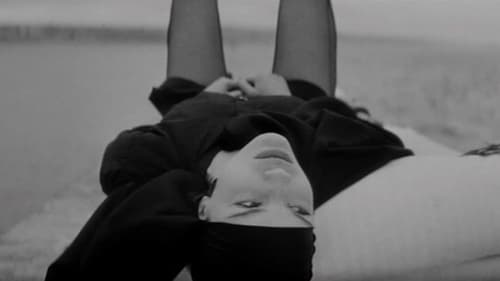
30 year old child enters the new city, riding on a donkey. He says he is the Savior. He has spent no time among men. He is trembling with cold. His clothes are soaked. His mother was overprotective ; his father conspicuously absent. He knows that he must face the mockery, refusal, ignorance and blindness of the men around him. They travel in gangs, in large numbers : soldiers, mercenaries or the like, on majestic, imposing horses. Everything is out of proportion to his thin, bewildered, innocent body ; he is the madman of the new city...



